Tomb of Seven Hundred Patriotic Martyrs (Geumsan) (금산 칠백의총)
12.4 Km 22073 2022-09-13
50, Uichong-gil, Geumsan-gun, Chungcheongnam-do
+82-41-753-8701
The Tomb of Seven Hundred Patriotic Martyrs is a renowned historical attraction located in Geumsan, Chungcheongnam-do. This holy site is interred with 700 patriots who died in a battle against 15,000 Japanese soldiers in Geumsan during the Imjin War in 1592. Among the deceased is the leader, Jo Heon.
Shrines and monuments were built in memory and respect of the patriotic spirit of those who died in the battle. The site is especially popular among families with children as an attraction as visitors can learn a valuable history lesson as well as enjoy a relaxing walk around the area. In addition, the Cultural Heritage Administration of Korea hosts an annual ceremonial rite every year on September 23 at 15:00, offering more to see for visitors.
Muju Meoru Wine Cave (무주머루와인동굴)
13.4 Km 35893 2024-04-07
359, Sanseong-ro, Muju-gun, Jeonbuk-do
+82-63-322-4720
Muju Meoru Wine Cave is surrounded by a beautiful natural landscape and various cultural heritages. The wine tunnel used to be an excavation working site to build the Muju Water Power Plant. The cave makes for an ideal place to mature and store wine as it blocks light and maintains a consistent temperature. Visitors can enjoy the taste and charm of sanmeoru (wild grape) wine and also experience a unique wine foot bath.
Jeoksangsanseong Fortress (무주 적상산성)
13.5 Km 7613 2024-04-07
Goemok-ri, Muju-gun, Jeonbuk-do
+82-63-322-2905
Jeoksangsan Mountain (elevation 1,034m) in Muju, Jeollabuk-do, is surrounded by precipitous walls of stratified rocks. The basin on the mountain top there is a lake called ‘Jeoksangho’; and along the ridge enclosing the lake stands Jeoksangsanseong Fortress extending over 8,143m. During the Goryeo period the region was a place of refuge for civilians at times of war. The fortress wall was built during the Joseon era.
Old Walls of Jijeon Village in Muju (무주 지전마을 옛 담장)
14.0 Km 21996 2024-04-07
13, Gilbonji-gil, Muju-gun, Jeonbuk-do
+82-1899-8687
The Old Walls of Jijeon Village in Muju were mostly all built to mark the dividing line between houses, rather than to keep people out. The walls started out using mud and natural stones, but later changed to more square-shaped stones held together with cement and topped with Korean roofing tiles. The wall blends in harmony with the traditional houses of the village and the slowly flowing Namdaecheon Stream.
Jeoksangsan National History Archives Site (적상산사고지)
14.6 Km 22463 2024-04-07
960, Sanseong-ro, Muju-gun, Jeonbuk-do
+82-1899-8687
During the Imjin War (1592-1598), many of the National Archives in the capital and the surrounding area were burned down. After this, the archives were duplicated and stored in a variety of locations thoughout the county. The National Archives of Jeoksangsan Mountain was founded in 1614, when important national archives were moved from Myohyang Confucian Academy, with others being added in 1641. This national archives site served a very important role throughout over 300 years of Korea’s history, until it was closed by the Japanese during the Japanese occupation.
Muju Anguksa Temple (안국사 (무주))
14.8 Km 13908 2024-04-07
1050, Sanseong-ro, Muju-gun, Jeonbuk-do
+82-63-322-6162
As the only temple in Jeoksangsan Mountain, Anguksa Temple was built in 1227 (during the 3rd year of King Chungryeol’s reign) by Monk Wolin. A secret historical archives, called Sagak, was built to store Joseonwangjo Sillok (annals of the Joseon dynasty) in 1614 (during the 6th year of King Gwanghaegun’s reign) within the mountain, while Seonukgak was built in 1641 (during the 19th year of King Injo’s reign) to store Seonwonrok (royal genealogical records). The two sites were designated as Jeoksangsan Historical Archives during the Joseon dynasty. Hoguksa Temple was also built at that time to prevent accidents from affecting the archives. The temple, along with the existing Anguksa Temple, was used to house monk soldiers who protected the archives.
Because of the construction of Muju Power Plant, Anguksa Temple was relocated to the Hoguksa Temple site and rebuilt in 1995. Consisting of 15 buildings, the temple is surrounded by Sanjeong Lake. Boasting exquisite fall foliage, the temple can be easily reached by vehicle along a paved road. The nearby attractions include Muju Resort and Muju Gucheondong Valley.
Jeoksangsan Mountain (적상산)
15.0 Km 22251 2024-04-07
Goemok-ri, Muju-gun, Jeonbuk-do
+82-63-322-4174
As one of the best scenic mountains in Korea, Jeoksangsan Mountain (1,030.6 meters) showcases imposing, steep rock walls. Jeoksangsan, also called Red Skirt Mountain, got its name from the view of red maple trees around cliffs in fall that makes the mountain look like a giant red skirt. The mountain boasts a variety of attractions from Hyangnobong Peak (1,029 meters), Cheonilpokpo Falls, Songdaepokpo Falls, Jangdobawi Rock, Janggunbawi Rock, and Allyeomdae Cliff.
The rugged shape of the mountain was considered ideal for building a fortress. And after Jeoksangsan became a designated site for storing Joseonwangjo Sillok (annals of the Joseon Dynasty), the fortress surrounding it was further rebuilt. The mountain is also home to Anguksa Temple, an ancient temple built in 1227 (during the 3rd year of King Chungryeol’s reign) by Monk Wolin. The mountain can easily be climbed by hiking or by vehicle; there is a paved road stretching over 15 kilometers that leads to the top of the mountain thanks to the construction of Muju Power Plant, letting tourists visit Sanjeong Lake and Anguksa Temple conveniently.
Bandi Land (무주 반디랜드)
15.5 Km 25024 2024-04-07
1324, Museol-ro, Muju-gun, Jeonbuk-do
+82-63-324-1155
Geared mainly towards children, Bandi Land is an excellent place to learn about and experience fireflies and other insects. It is comprised of Insect Museum, Firefly Research Center, Youth Campground, Log Cabin, and Firefly Habitat.
Located inside of Bandi Land, Muju Bandibyeol Astronomical Science Museum teaches various stories about space, including the birth & history of space, the solar system, constellations, and space circumstances. The Environment Theme Park also has exhibitions related to fireflies, an indicator insect proving Muju is a clean area, and other local insects, perfect for educational trips.
Muju Firefly Festival (무주 반딧불축제)
15.8 Km 83152 2024-04-07
326-14, Hanpungnu-ro, Muju-gun, Jeonbuk-do
+82-63-324-2440
The Muju Firefly Festival takes place every fall in the pure environment of Muju, a natural habitat for fireflies and the marsh snails the fireflies feed on. The festival offers many attractions and activities to learn more about the beautiful nature and creatures that live in it.
Taekwondowon Observatory (태권도공원 전망대)
17.3 Km 17350 2024-04-07
1482, Museol-ro, Muju-gun, Jeonbuk-do
+82-63-320-0114
Taekwondowon located in Muju-gun, Jeollabuk-do, serves as a main center for the 60 million taekwondo practitioners in 182 countries worldwide. Covering an area of 2.31 million square meters, the park combines the traditional and modern style in their buildings.
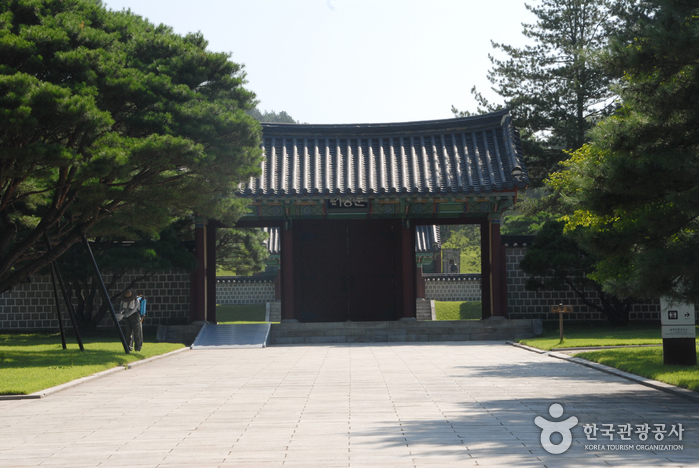
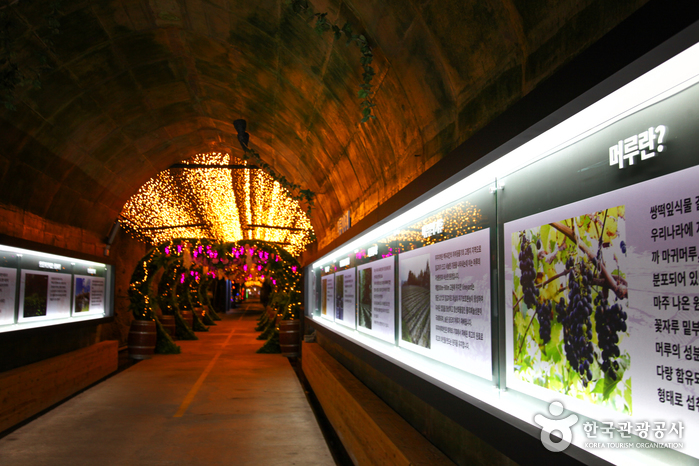
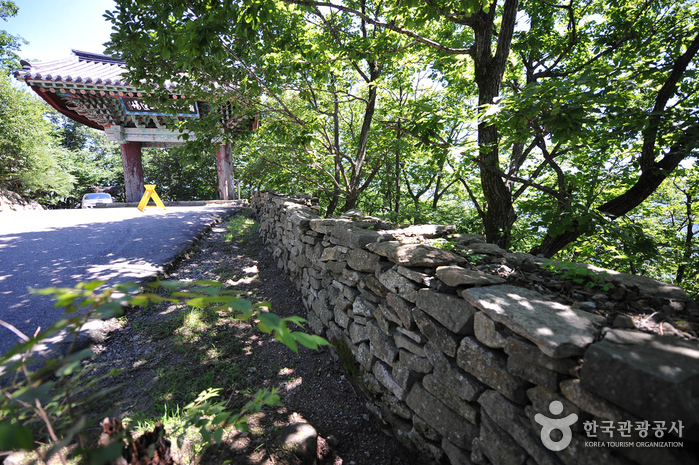
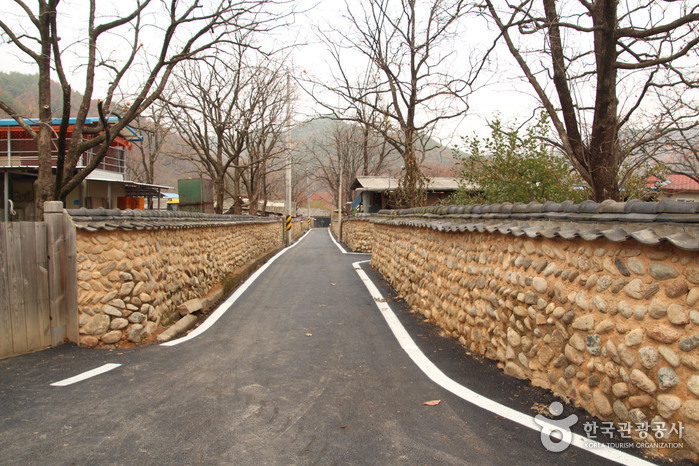
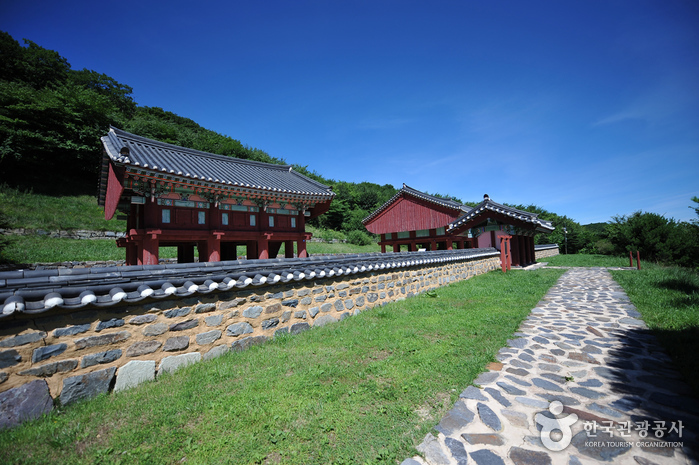

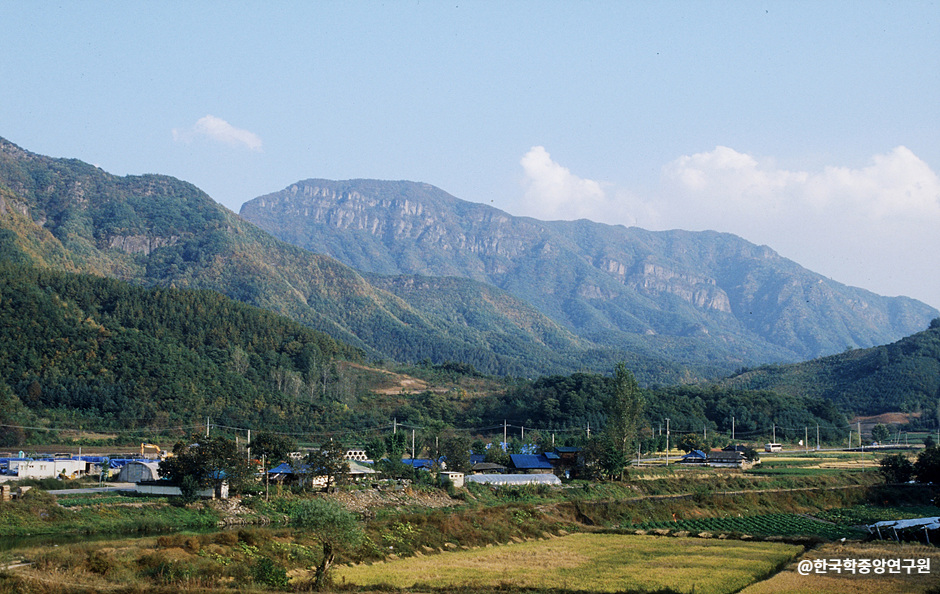
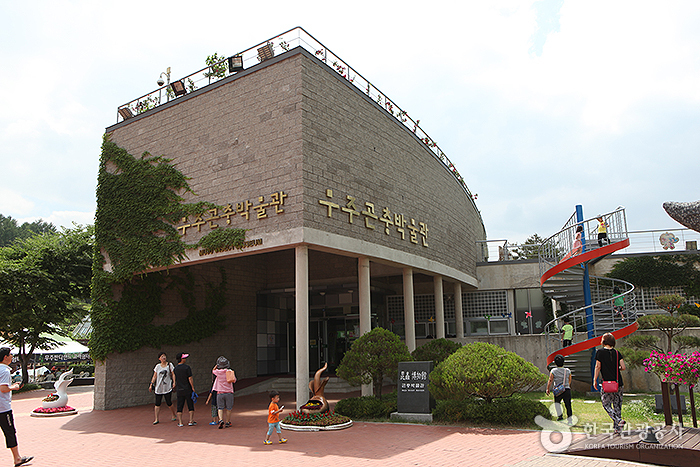
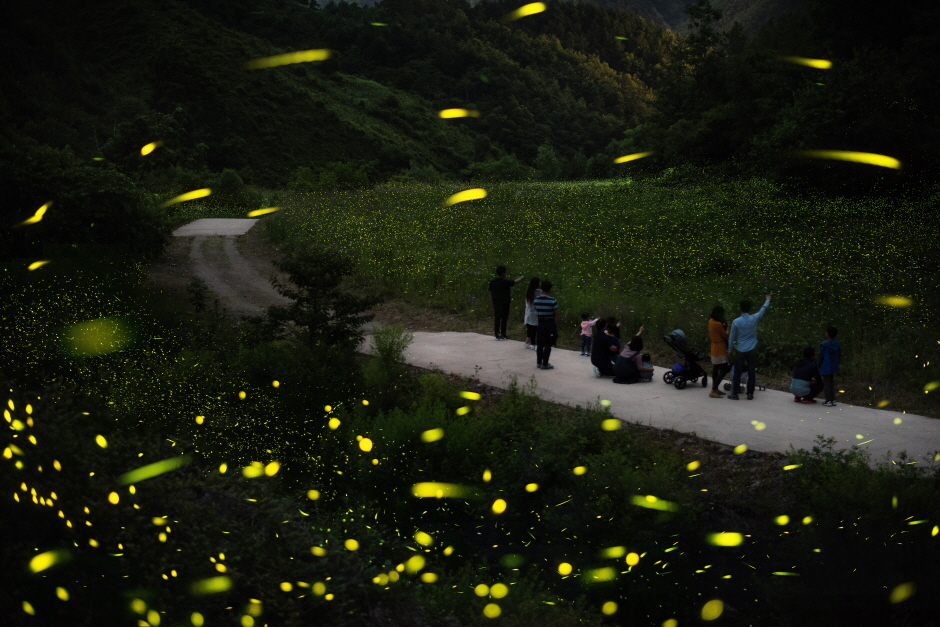
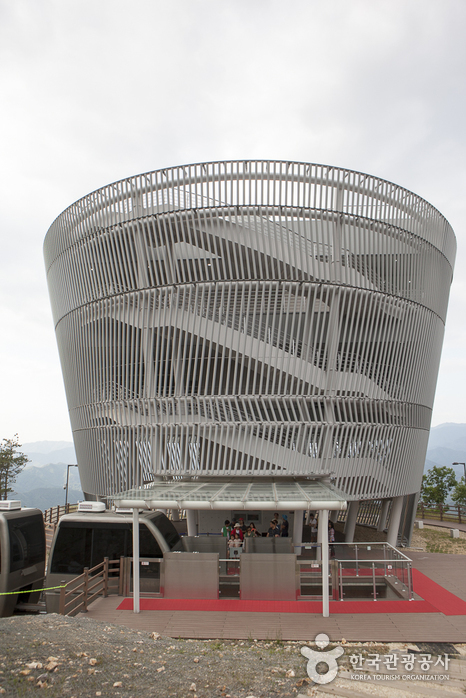
 English
English
 한국어
한국어 日本語
日本語 中文(简体)
中文(简体) Deutsch
Deutsch Français
Français Español
Español Русский
Русский